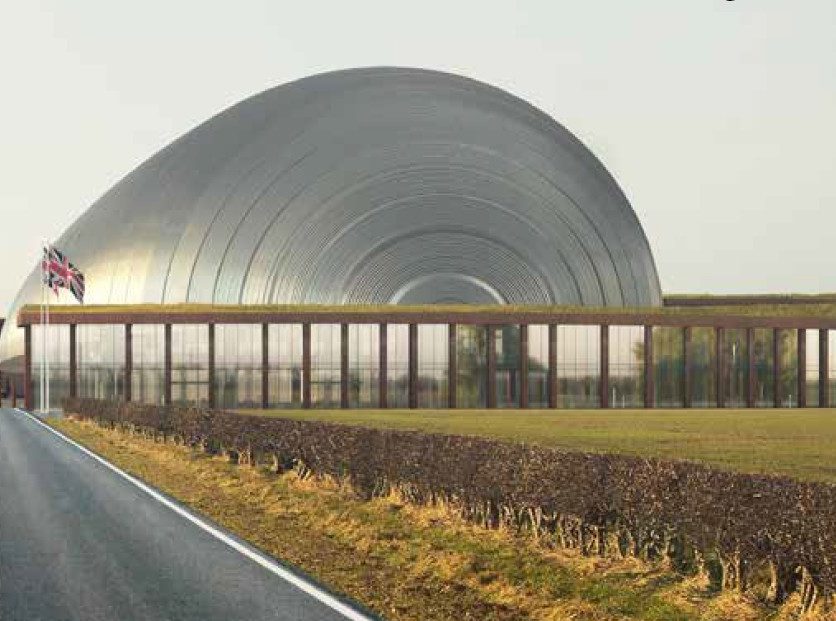Research into advanced modular nuclear reactors is set to progress with a further £3.3 million of government grants.
Latest funding for projects under D-BEIS’s Advanced Modular Reactor Research, Development and Demonstration programme will support UK development of cutting-edge nuclear technology such as high temperature gas reactors, acronymically dubbed HTGRs.
Innovation projects winning government backing include at the National Nuclear Laboratory in Warrington. It is coordinating a British-Japanese team to design an innovative HTGR.
Also rewarded is U-Battery Developments in Slough, for its study to optimise size, type, cost, and delivery methods for a U-Battery AMR suitable as a UK-based demonstrator.
D-BEIS’s latest AMR grants are made to six classes of winners. They are the ministry’s probable final technology pump-primers to be announced under the leadership of energy secretary Kwasi Kwarteng.
Kwarteng, a former Truss intimate, is tipped for Chancellor of the Exchequer in the new government of Elizabeth Truss. The former Shell executive was confirmed today as Britain’s fourth prime minister in six years.
Westminster insiders are tipping Brexit ‘opportunities’ minister Jacob Rees-Mogg to replace Kwarteng at D-BEIS.
Atom crackers
Truss’s disgraced predecessor, Britain’s first head of government to receive a criminal sanction while in office, last year claimed Britain would begin building eight new nuclear plants this decade.
Kwarteng’s deputy, energy minister Greg Hands MP, announced the new nuclear awards on Friday.
“This investment will help unlock the potential for new nuclear reactors in the UK, as we drive forward plans to boost clean, cutting-edge, homegrown technologies for our energy security, while driving down bills in the long term“, Hands said.
The AMR research and development programme, part of the £385 million Advanced Nuclear Fund. It embodies Britain’s ambition for a HTGR demonstrator by the early 2030s, building on opportunities for decarbonising industrial heat to support the UK’s target of reaching net zero by 2050.
AMR typically have higher temperature outputs than conventional reactors. So their technology could be a cost-effective solution, ministers believe, for decarbonising industrial processes.
As a by-product from electricity generation, the low carbon, high temperature heat from AMRs could be used to electrolyse “pink” hydrogen, and spawn heat for industrial processes and domestic use,
Whitehall is also providing up to £830,000 to the Office for Nuclear Regulation and the Environment Agency to boost innovative regulatory approaches to HTGRs.
With all Britain’s older bigger reactors due to be retired this decade, BEIS will work with the Nuclear Decommissioning Authority and their wider estate to explore how to exploit their sites and operational experience to inform the development, deployment and operation of the HTGR demonstrator and support related BEIS policy objectives.




